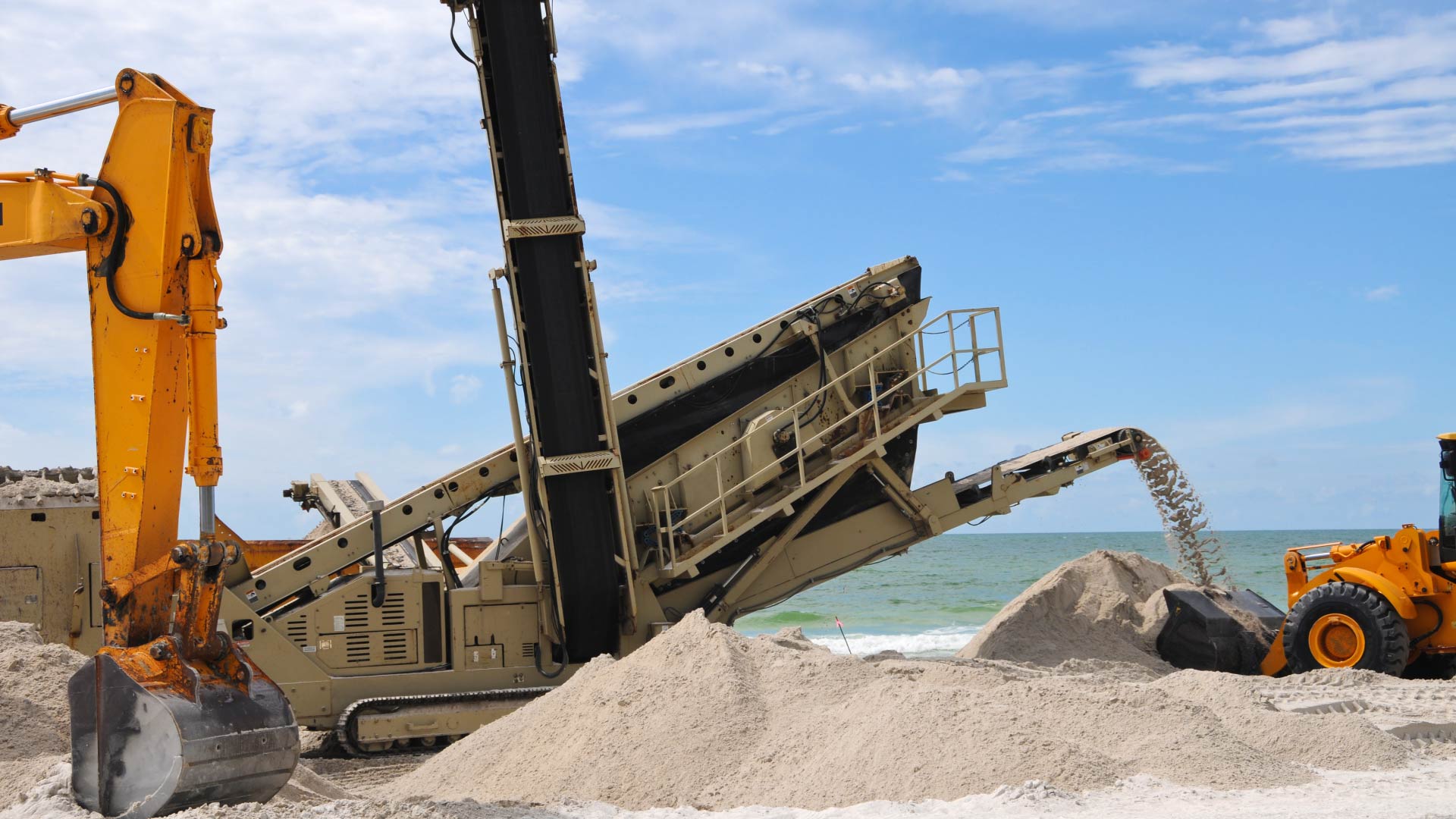The Role of Sediment Removal in Harbor Accessibility
Harbors serve as vital hubs for recreation, commerce, and transportation, facilitating activities that benefit local communities and economies. To maintain safe and accessible waterways, harbors require well-maintained navigation channels with sufficient depth to accommodate boats of various sizes. Over time, sediment accumulation in these channels poses a challenge, gradually reducing navigable depth and making it difficult for vessels to move safely. This buildup, if left unchecked, restricts access, increases the risk of boat damage, and heightens the likelihood of accidents. In this guide, we’ll explore the importance of sediment removal, the methods used to deepen harbors, and the environmental and economic benefits of proactive sediment management.
Sediment accumulation is a natural process that occurs when particles, including silt, sand, and debris, settle at the bottom of the harbor due to water movement and other environmental factors. This buildup slowly reduces the water depth in navigation channels, impacting a harbor’s functionality.
When sediment levels rise, local boaters, commercial vessels, and emergency responders encounter restricted access, resulting in longer routes, delayed travel times, and potential hazards. This restriction not only hinders the daily activities of boaters but also reduces the harbor’s economic potential by limiting its usability. Through targeted sediment removal, harbor managers can counteract these impacts, ensuring that channels remain clear, safe, and accessible for all types of vessels.
Effective Strategies to Deepen Harbors
Various dredging techniques are available to remove sediment, each suited to different types of harbors and sediment compositions. Here’s an overview of the most commonly employed dredging methods:
- Suction Dredging: This method uses a powerful suction pump to remove sediment and transport it through pipes for disposal. It is effective for harbors where sediment is primarily loose and fine.
- Cutter Suction Dredging: For harbors with compacted or clay-like sediment, cutter suction dredging uses a rotating cutter head to break up the material, making it easier to suction.
- Mechanical Dredging: Typically done with backhoes or excavators mounted on barges, mechanical dredging is useful for removing sediment in tight or shallow areas.
An innovative technique that’s gaining popularity is Water Injection Dredging. This eco-friendly option uses jets of water to agitate sediment, suspending it just above the seabed. The current then transports the sediment away, naturally distributing it to deeper waters. This approach not only minimizes environmental disruption but also avoids the need to physically remove and dispose of sediment, making it an ideal option for harbors with limited disposal sites.
Enhancing Navigation and Safety for Local Boaters
Keeping harbors deep and free from obstructions is essential for the safe movement of vessels. Recreational boaters, in particular, are often affected by sediment accumulation, as their boats may encounter unexpected shallow spots that can cause grounding, damage, or even accidents.
Maintaining navigable depth in harbors reduces these risks, allowing boaters to navigate with confidence and enhancing overall safety. Additionally, clear channels are crucial for larger commercial vessels and emergency services, enabling them to enter and exit efficiently. Consistent sediment removal and depth maintenance reduce the need for abrupt channel closures and ensure continuous harbor accessibility.
Environmental and Economic Benefits of Reducing Sediment Accumulation
In addition to improving usability, sediment removal offers several environmental and economic benefits:
- Improved Water Quality and Marine Health: Sediment can contain organic material and pollutants that degrade water quality and harm marine life. Removing excess sediment allows for clearer water, benefiting fish, vegetation, and other aquatic organisms that rely on specific conditions to thrive.
- Reduced Long-term Maintenance Costs: Regular sediment removal lowers the overall costs associated with emergency dredging. By keeping sediment levels manageable, harbor managers can establish a maintenance schedule that addresses accumulation before it becomes problematic, saving on more costly, large-scale dredging projects down the line.
In short, proactive sediment management not only enhances the harbor’s functionality and environmental health but also reduces the financial burden associated with emergency measures.
Developing a Proactive Harbor Maintenance Plan
To maintain the benefits of sediment removal, harbors need a proactive maintenance plan. This plan involves:
- Conducting Sediment Monitoring: Regular monitoring through hydrographic surveys helps track sedimentation rates and identify hotspots within the harbor. With precise data, harbor managers can schedule dredging at the most effective times, preventing excessive buildup.
- Establishing Partnerships with Local Authorities: Collaborating with local environmental agencies, community organizations, and industry experts fosters sustainable sediment management practices. By working together, harbor stakeholders can prioritize both usability and environmental responsibility.
- Implementing Eco-friendly Practices: Adopting methods like water injection dredging, which disperses sediment without removing it, can be beneficial for the environment. Sustainable practices ensure that harbor maintenance is not only effective but also minimizes the impact on surrounding ecosystems.
Conclusion
By investing in regular sediment removal and a structured maintenance plan, harbors can achieve greater depth, improved safety, and enhanced usability for all. These measures protect the harbor’s role as a community asset, support economic activities, and contribute to a healthier marine environment. Active community involvement, whether through advocacy or partnerships, can also help maintain sustainable harbor management practices that preserve the benefits of accessible and safe waterways for future generations.
